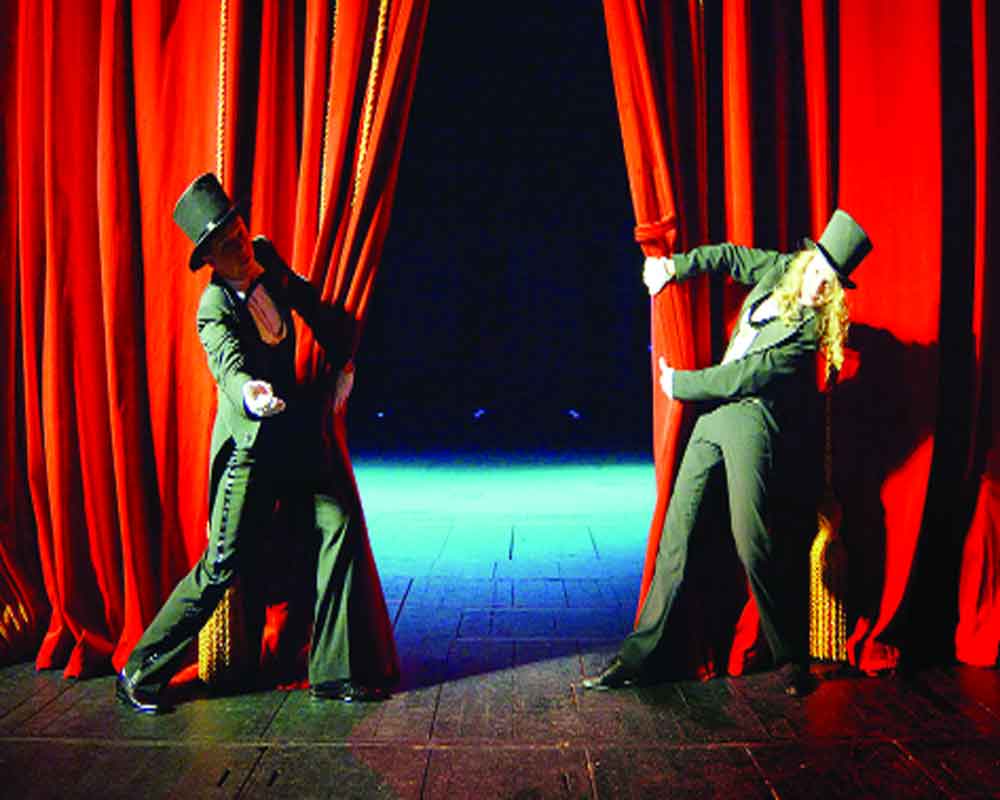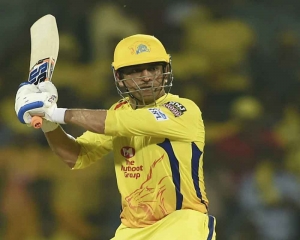Theatre directors tell Chahak Mittal that till the time a play offers distinct aesthetics and addresses contemporaneity, it cannot stay relevant
Even though the written language of classics might appear foreign and old-fashioned, initial readings might leave one feeling confused and unsure of what’s being exactly said. However, themes and incidences of human behaviour in plays like that of Shakespeare and Rabindranath stay as relevant, irrespective of the number of scientific or industrial developments over the time. The very fact that we still read these classics is itself an evidence of how important they are to the present times. And why then will they not be a part of modern theatre? One such example is that of Mahabharata, which has been reinterpreted a number of times and not even once made the audience feel like it’s dated. Each of its episode brings a certain narrative which is true to our lives. The issues that it highlights stand as a mirror to the present-day society.
So how is it that classical plays and writings are made relevant to the contemporary times? Prakhar Gautam, theatre director and founder of Delhi-based theatre group Parindey Storytellers, believes that classics have stood the test of times, which is why they hold such an importance. “The predominant example is William Shakespeare. His plays have stayed relevant for centuries and the biggest reason for that is their focus on emotions. Othello, for example, deals with power and jealousy. Hamlet deals with the conflict of a man and a child. Such plays are going to be relevant as long as the person who is interpreting the play can understand the emotion behind the script,” he says. Giving Indian examples, he adds, “Vijay Tendulkar and Girish Karnad’s plays have stayed relevant as the framework of our society is more or less the same as they depicted. Plays by Molière, Dario Fo and Anton Chekhov still maintain the fragment of human emotions and even though times have changed, the emotions can be interpreted in the modern schema.”
Theatre director and founder of Dreaming Stage, Nikunj Wadhwan argues that plays and stories don’t have to be “made relevant” to contemporary times because even though the current environment and surroundings might have evolved, human beings stay the same. He adds, “Just like previous times, fewer men have chivalry. Women had more duties and limitations than men and though it is changing now, it is still prevalent to an extent. And the ones who rule us take decisions based on their mindset rather than on the basis of right or wrong.”
Recalling Mohan Rakesh’s Ashadh Ka Ek Din, which talked about Kalidas and how his lover had waited for him for years, he says, “This has certainly changed but only because today’s woman and lover are more evolved people, who use social media and eat through apps. However, the lover would still feel the same pain and longing for one’s beloved.”
Theatre director Bharti Sharma, who is set to bring her play, Chhaya-Hindol, at the Delhi Government’s art and culture wing Sahitya Kala Parishad’s Mohan Rakesh Natya evam Samman Samaroh, also agrees to the point that it is human emotions which are universal and they will react in the same way to different plays, regardless of the language or era the classic has been written in.
While experts argue about how human behaviour has been similar, Prateek Kumar, director of Arcus en Ciel Theatre, believes that classics are important because they have a certain sense of “aesthetics” and a socio-political relevance. “The aesthetics offered by them is unmatched when they are performed with a particular form,” he says and recalls theatre directors like KS Rajendran, who had directed Pratimanatkam (based upon Ramayana) and Priyadarshika, in which he took mudras (gestures) from the Natyashastra. He adds, “The performances have had long-lasting imprint on the audience because of the visuals offered by classical theatre. There is also experimental theatre director Suresh Anagalli, who had directed Sanskrit classic Bhagwat Ajjukam in an abstract and modern form. It has mesmerised the audience in a similar manner.”
Once a play is read, the reader is impacted by its character for some time but soon, the chapter ends. When the story is reimagined after 50 years and brought on the stage, the director re-explores the moral fibre of each character, revealing his/her demons and strengths in a more nuanced way. And this has become a trend. More theatre directors are picking up old classics and adapting and re-interpreting them in their own ways to make it relatable to the current audience.
Prateek says that the trend is also because of the fact that the Indian audience has evolved to understand the vision of a director and take onus to understand the art form which director chooses to display his/her story. Giving example of one of his directions, “When I adapted Andha Yug (based on the last day of Mahabharata), it gave me a broader understanding of relationships, human instincts and violence. I could understand them better because the play offered me a parallel image of today’s world and showed the issues which still haunt us. Till the time a play offers distinct aesthetics and addresses the contemporary times, it cannot stay relevant.”
Prakhar also takes Mahabharata as an example and points out that it explores every possible human emotion in its story, “which is why it is always going to be relatable. Wherever a director’s imagination or creativity takes him/her to... it will.”
However, when the story is already known to the audience, why bring it over and over again? Nikunj points out that even though the stories might be known to people, there still could be a number of angles which have never been explored or thought about in their first readings. “Pick up a mythological story, be it Mahabharata or Ramayana, we have always known it through the eyes of one of the protagonists and now, with the evolution of society, we can hear the other side of the story too. Duryodhana and Ravana have been called the most evil souls but there might have been a side to them that we haven’t been pen to hearing. Villains have always been and will remain bad but they were not born like that. Which is what new adaptations are highlighting today. Evolution of the audience is also another reason here. There is a shade to these negative characters which people are interested to know. Ashadh Ka Ek Din has an evil character that is loved by everyone. Dhruvswamini, a play written by Jaishankar Prasad has Ramagupta, brother of Chandra Gupta who is again a villain but somewhat relatable.”
For Kaushik Bose, director of theatreworms productions, it also helps the newer generations to understand the classics, which were penned ages ago. “It helps in bringing some aspects of life which we can still relate to. Mahabharata and Ramayana bring so many aspects which we are living even today. Other such examples are old Bengali plays Katha Amrita Saman, Nathabati Anathbat, which were written in the 80s and 90s and are based on Indian women. A recent interpretation of these plays were Karappu, in which the story was retold in a way where body movements were profoundly used.”
It certainly is a good trend, which should continue. However, experts feel that we should also look at newer languages, plays and stories, which can talk about the present phenomenon.


























